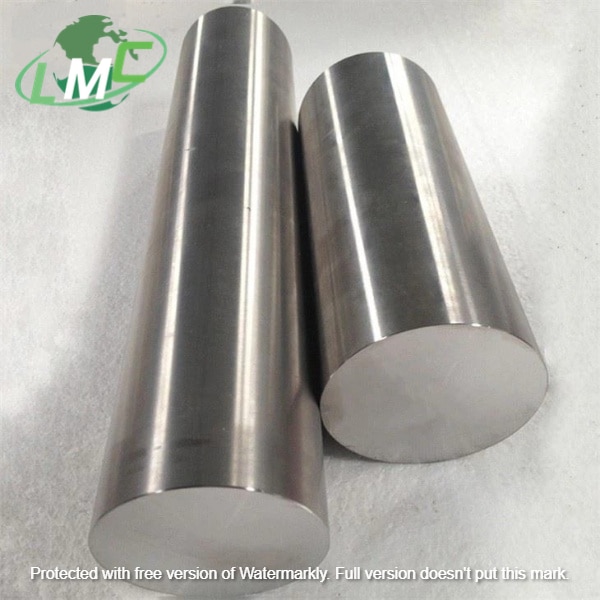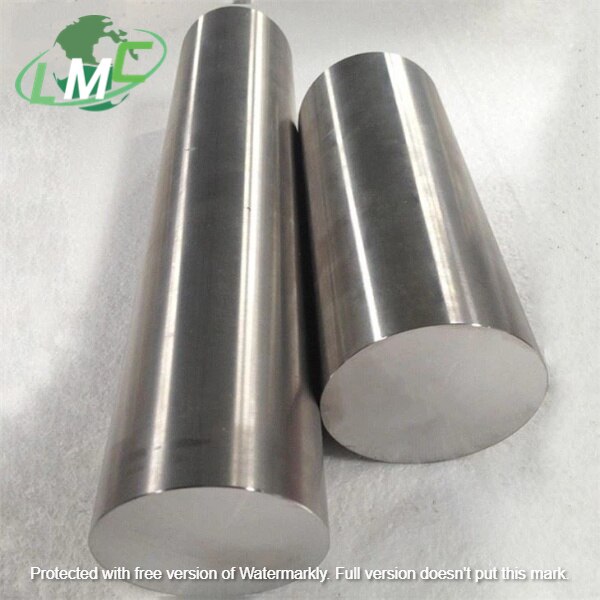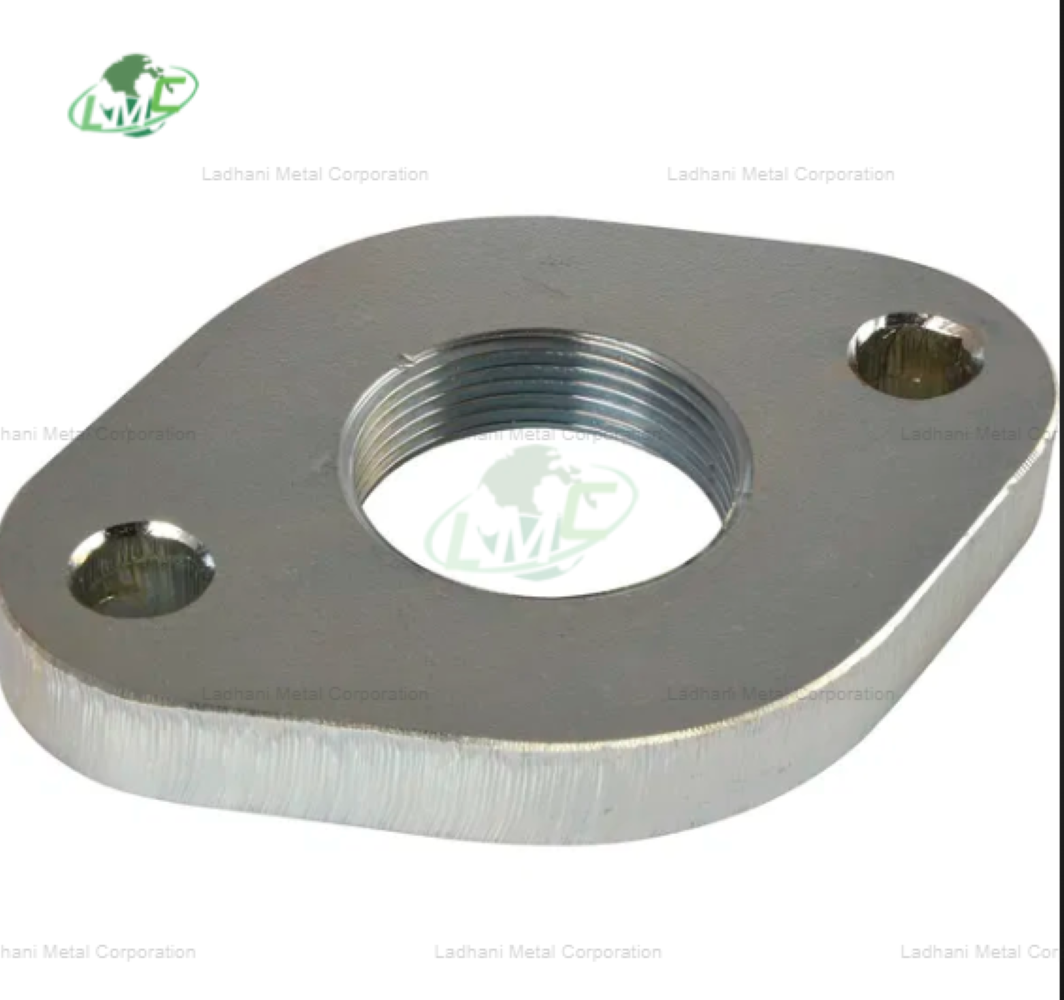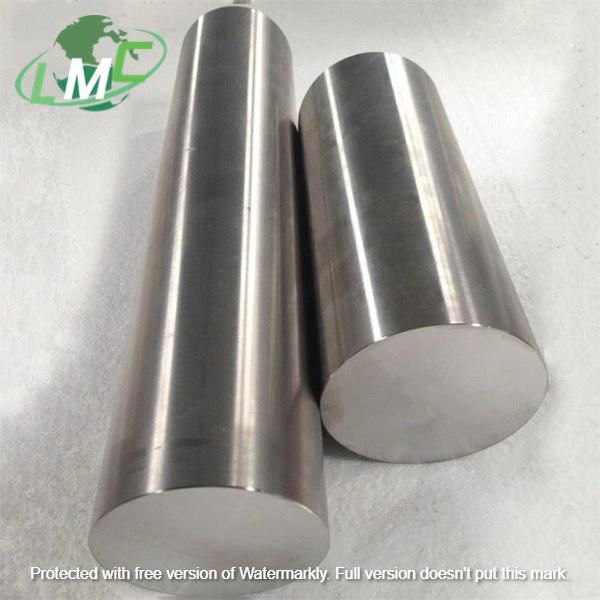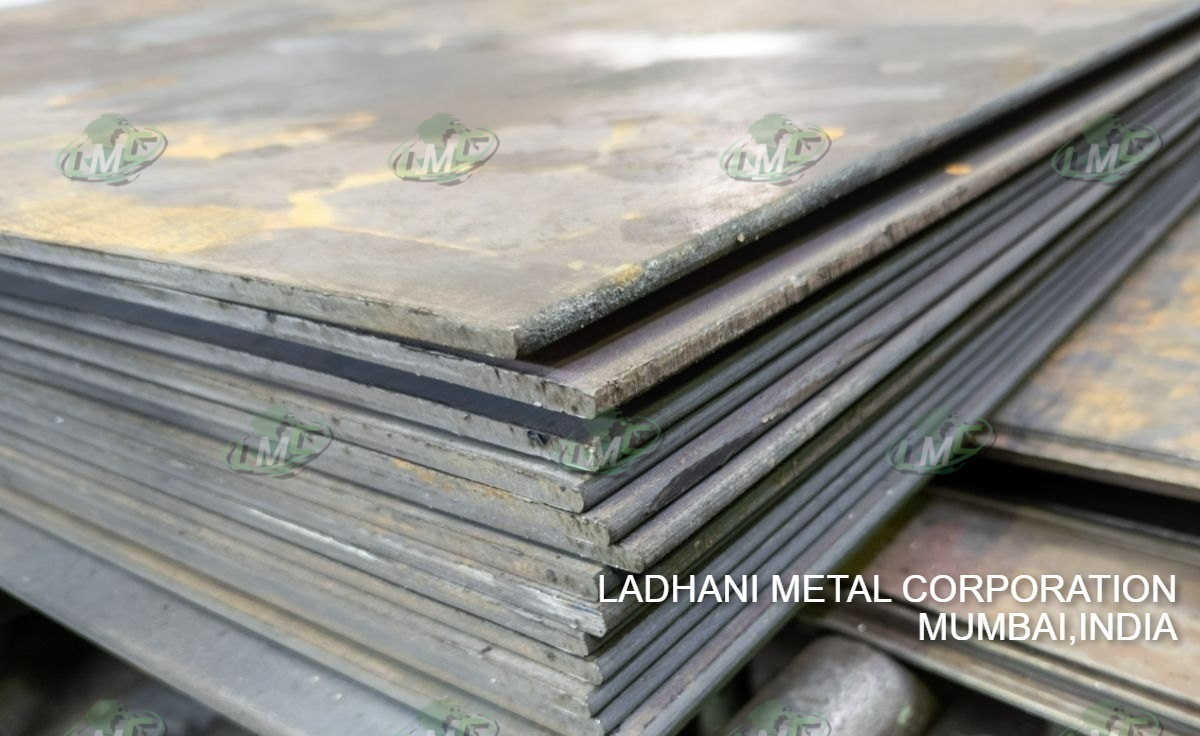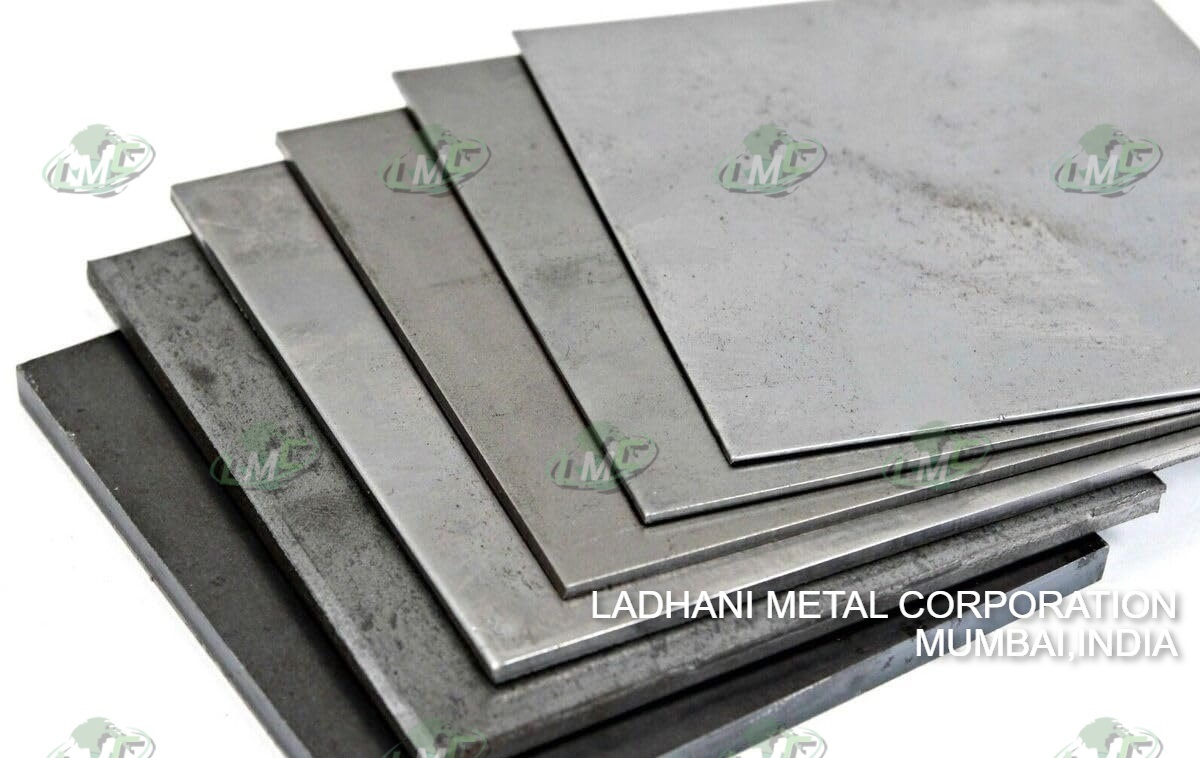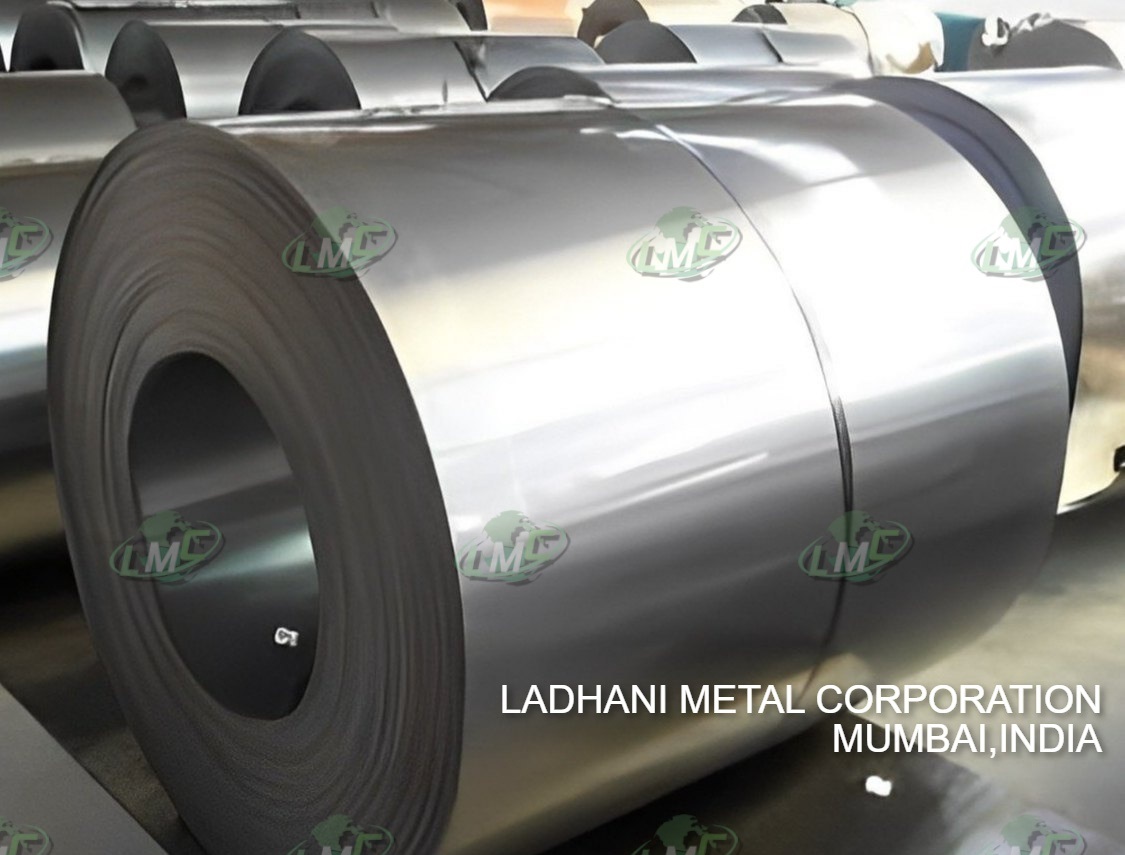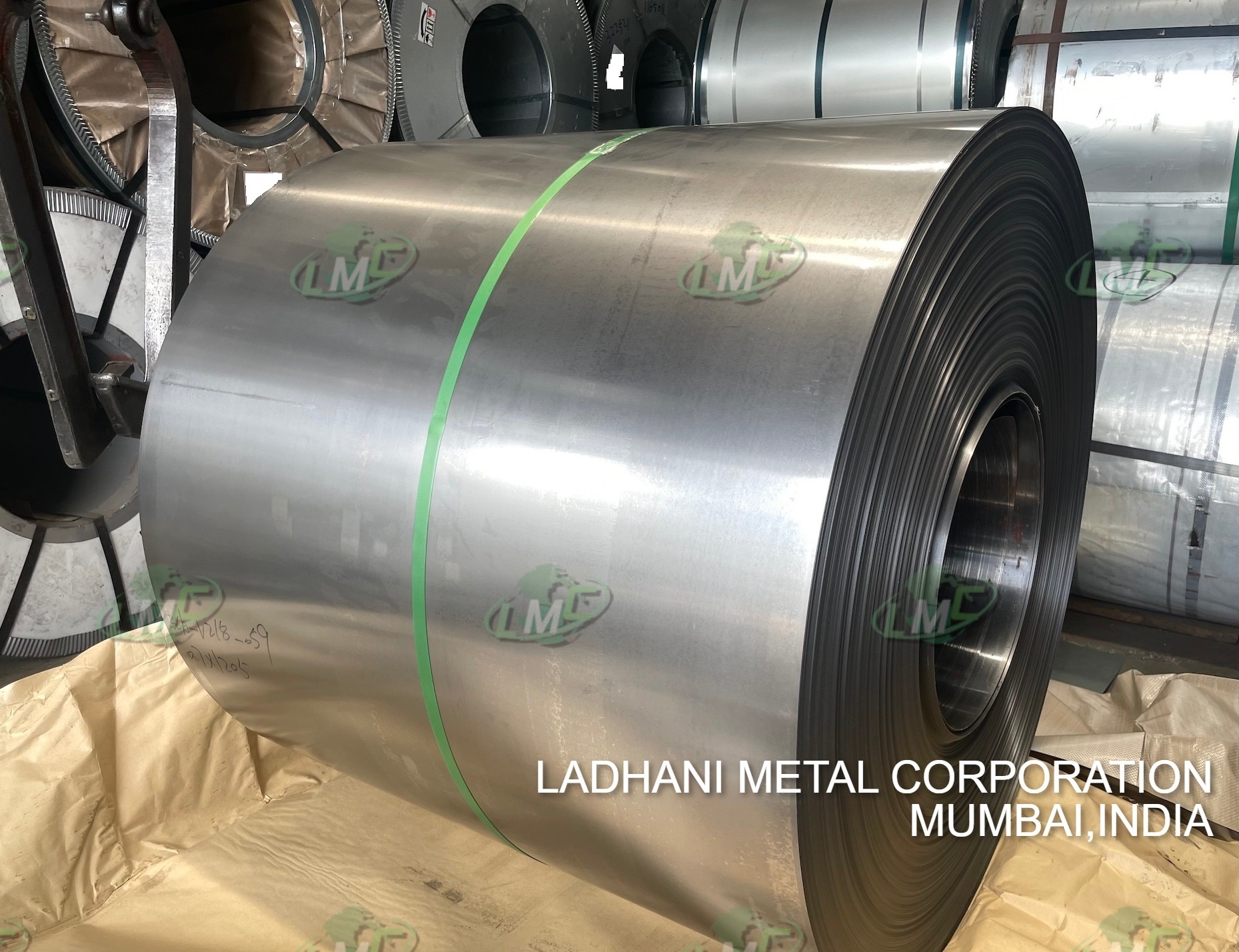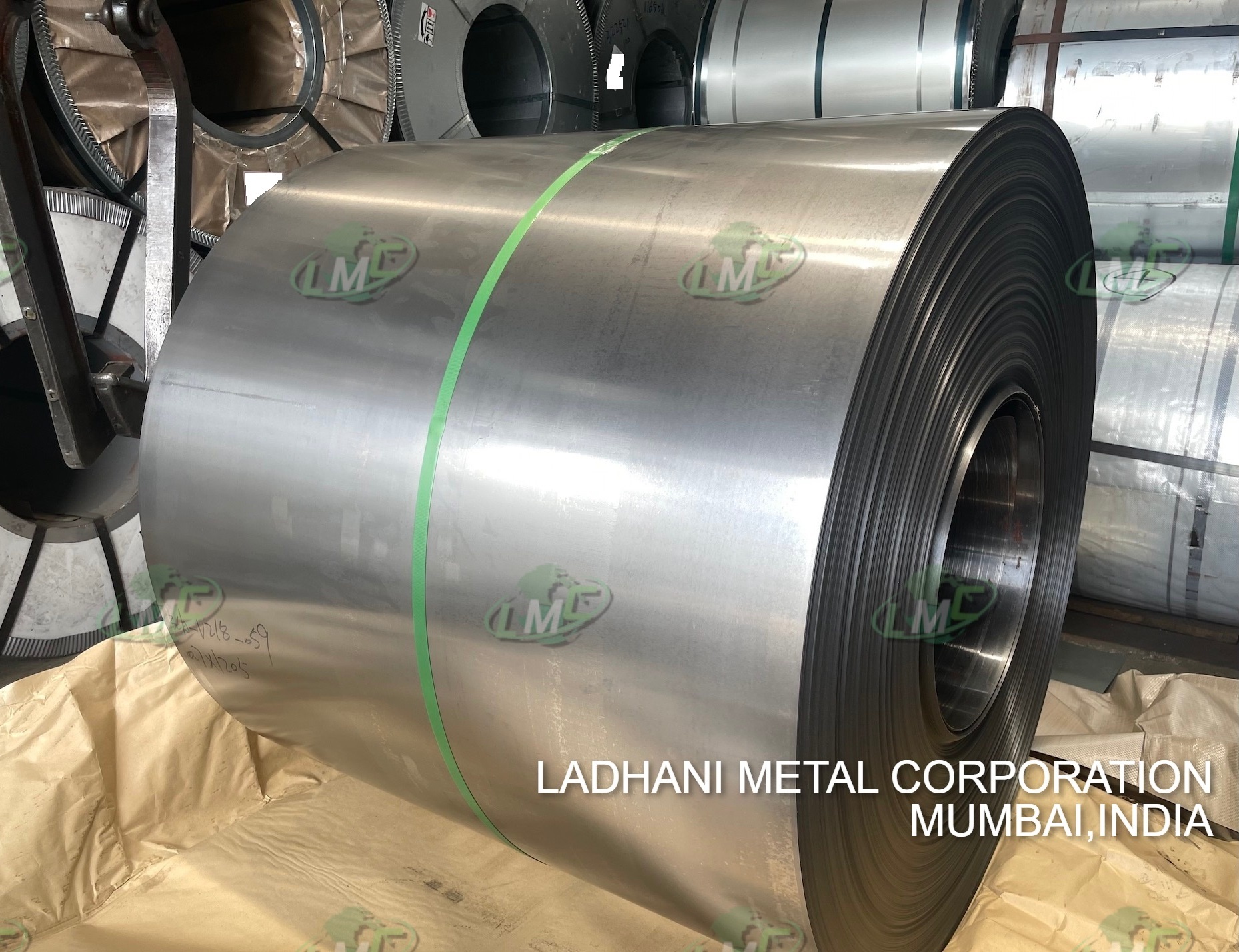Product Name: Titanium Bar Standard: ASTM B348 Material: GR1, GR2, GR5, GR7, GR12 Shape: Round, Square, Flat, Hex Diameter: 6-350mm Length: Max 6000mm Surface: Bright TC11 Titanium Alloy Bar As an important material for aerospace, TC11 is an α+β dual-phase titanium alloy with the phasetransfer temperature between 998 and 1020°C. Due to its excellent properties (such as high strength and fatigue resistance), it has become an ideal material to produce aircraft engine parts. TC11 titanium alloy under 300°C/5000 h has good microstructure and performance stability, different temperature transient high-temperature properties, such as tensile, creep and lasting, and double annealing and isothermal annealing. Through the normal annealing treatment of semi-finished products of TC11 titanium alloy, it can meet the requirements of aircraft structure temperature (below 300°C). Product Information Grade: GR1, GR2, GR4, GR5, GR7, GR12, GR23, TC11, TC21 Russian Grade: BT1-00,BT1-0,BT1-2, BT9, BT22 Standard: ASTM B348, AMS 4928, ASTM F67,ASTM F136 Diameter: 3-350mm Length: up to 6000mm Surface: Polished, Pickled Features: Polished surface with no defects, no cracks and no pitting. Chemical compositions(weight%,<=) Al Sn Mo Zr Si Fe C 5.8-7.0 -- 2.8-3.8 0.8-2.0 0.2-0.35 0.25 0.08 N H O Other(total) Ti 0.05 0.012 0.15 0.4 Remainder Physical properties(>=) Σb Tensile Strength (Mpa) σr0.2 Yield Strength (Mpa) δL0+50mm Elongation (%) ψ Reduction of area (%) 1030 900 10 30 Advantages 1. Price: As a leading manufacturer of titanium products, we have a history of more than 16 years and we know the market very well, so competitive prices can be offered. 2. Equipment: We have annealing furnaces, forging hammers, milling machines, straightening machines, shearing machines, trimming machines, punching machines, sandblasting machines etc. 3. Quality: Our titanium rods are sold to many countries. Our product is widely recognized. MTC, like EN10204.3.1, is available. Third-party test, such as TUV, SGS, BV etc., is also acceptable. 4. Shipment: Various modes of shipping. EXW, FOB, CIF etc. are all ok for us.
Send Message
